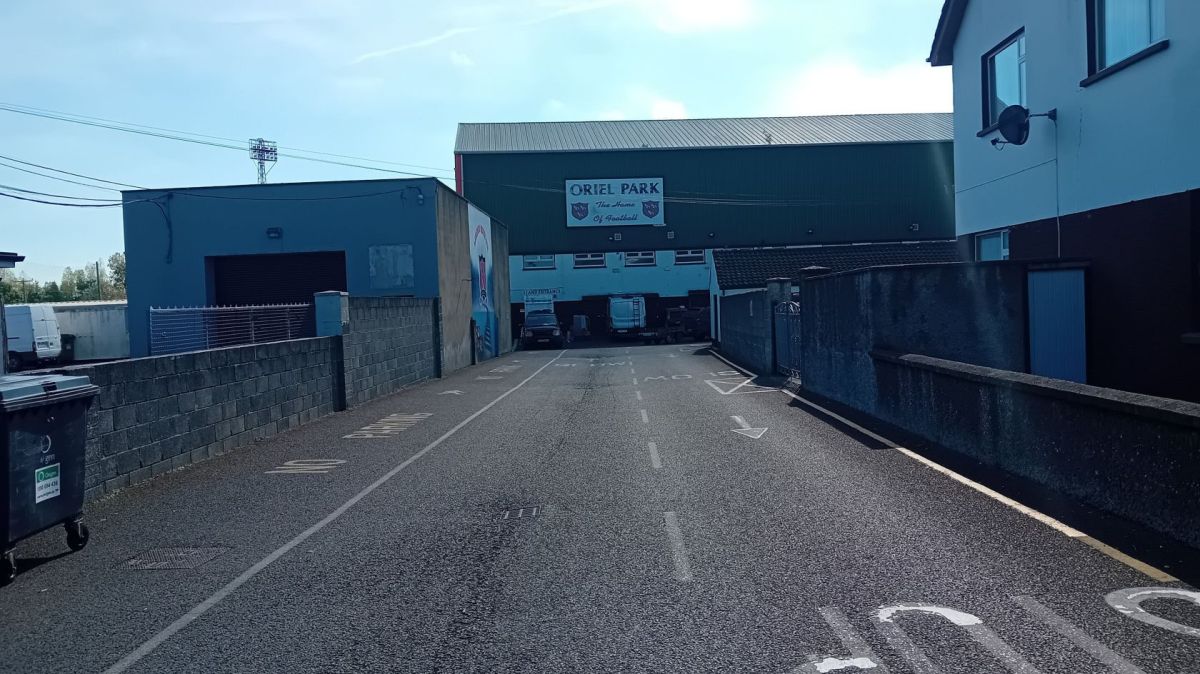This temperature was 0.28°C below the 1991-2020 long-term average (LTA) and 0.19°C below the 1981-2010 LTA, but 0.25°C above the 1961-1990 LTA.
Met Éireann described the season as “cool and relatively dry overall,” noting that several Arctic blasts in early June set the tone for the season, marking the first cooler-than-average period since spring 2021.
A zonal jet stream (west to east) positioned over Ireland prevented warmer air masses from the south from moving in. Occasional shifts in the jet stream’s orientation allowed cool polar maritime air masses to flow over Ireland, contributing to the cooler conditions.
June and July were particularly dry and cool. Northerly Arctic winds dominated the first half of June, while westerly winds took over in the latter half. July began with cool northwesterly winds before gradually warming as high pressure moved east. August saw low pressure in the north and high pressure in the south, leading to wetter conditions in the West and Northwest and drier, warmer weather in the South and East.
Rainfall patterns varied across the country, with the Northwest being the wettest region. Newport, Co Mayo recorded the wettest day of the season on Sunday, August 4, with 34.6 mm of rain. Rain days, defined as days with 0.2 mm or more of rainfall, ranged from 43 days at Roche’s Point in Co Cork to 73 days at Knock Airport in Co Mayo. The number of wet days, with 1.0 mm or more of rainfall, ranged from 25 days at Oak Park in Co Carlow to 57 days at Newport, Co Mayo.
Temperatures were below average across most of the country, with the Northwest being the coolest region. The highest temperature of the season was 26.6°C, recorded at Phoenix Park, Co Dublin, on Monday, June 24, which was the lowest maximum summer temperature since 2015. The lowest air temperature was 1.8°C, recorded at Claremorris, Co Mayo, on Wednesday, June 12, while the lowest grass minimum was -1.4°C at Mullingar, Co Westmeath, on Tuesday, June 11.
The eastern part of Ireland was the sunniest, with the highest number of sunshine hours (15.9) recorded at Gurteen, Co Tipperary, on Wednesday, June 19. The number of dull days, with less than 0.5 hours of sunshine, ranged from six days at Casement Aerodrome in Co Dublin to 17 days at Valentia Observatory in Co Kerry and Belmullet in Co Mayo.
Gale-force winds were recorded on six days during the season—one day in June and five in August, including during Storm Lilian. The strongest 10-minute mean wind speed of 37 knots (68 km/h) was reported at Mace Head, Co Galway, on Thursday, June 27, at Belmullet, Co Mayo, on Wednesday, August 21, and at Roche’s Point, Co Cork, on Friday, August 23, during Storm Lilian. The highest gust of 52 knots (96 km/h) was recorded at Roche’s Point during the same storm. However, there were no reports of strong gales or storm-force winds.









